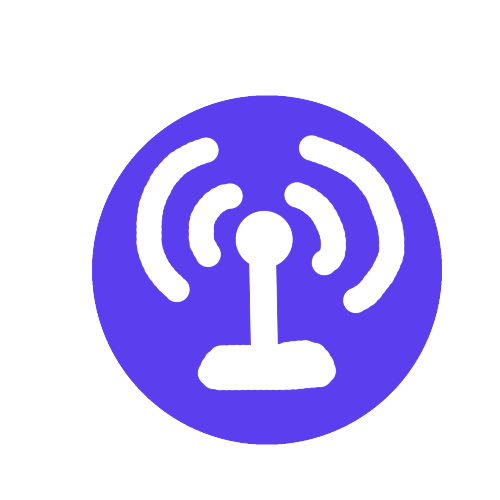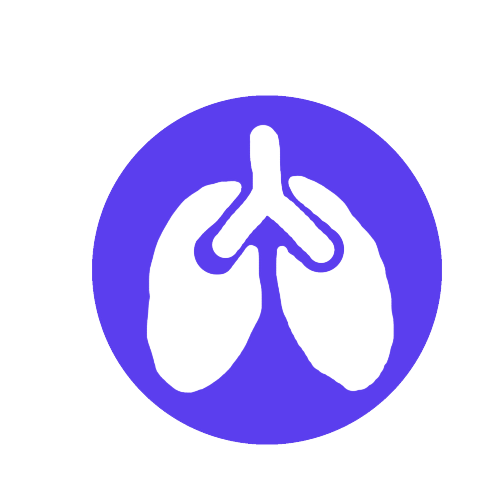研究主軸
Research Topics

太赫茲光電元件
Terahertz Optoelectronics

超高速無線通訊系統
Ultra-High-Speed Wireless Communication Systems

太赫茲斷層掃描系統
Terahertz Tomography Systems
We are looking into low-cost, mass-producible Group IV terahertz photoconductive antennas through all CMOS-compatible processes. Unlike conventional terahertz photoconductive antennas, they are mainly based on MBE-grown III-V materials requiring precise control of epitaxial conditions to obtain a high-quality structure. This time-consuming and costly fabrication process limits the terahertz photoconductive antennas from mass production. We have developed the alternative group IV material candidate, GeSn alloy, for high-performance terahertz generation and detection. The demonstrated group IV terahertz optoelectronics shows its potential in realizing mass-producible, cost-effective terahertz system-on-chip (SoC) with CMOS technology, paving the way for rapidly visualizing multi-dimensional information of advanced material and packaging process for next-gen power devices and optoelectronics.
We are developing extrusion-based 3D-printing methodology to create terahertz photonic crystals (PhCs) using functional materials, which could then be combined to mix and match different terahertz active/passive components through the arrangement of 3D-printed building blocks and their functionalities. This capability enables PhCs to control, manipulate and guide the terahertz waves, which unlocks promising applications in high-speed wireless communication, security screening, non-invasive sensing and imaging, chemical identification, translational medicine, biology and astronomical exploration.
Visualizing information inside objects is an everlasting need to bridge the world from physics, chemistry, and biology to computation. Among all tomographic techniques, terahertz computational imaging has demonstrated its unique sensing features to digitize multi-dimensional object information in a non-destructive, non-ionizing, and non-invasive way. However, there is still a gap between object information and signal properties that wait to be explored. We are exploring physics-guided terahertz deep learning computed tomography frameworks to provide a crosslink between material digitalization, functional property extraction, and multi-dimensional imager utilization.
High-speed wireless communication is crucial to meet the growing demand for data rate, but current systems are limited by the narrow bandwidth of existing high-speed electronics. To increase carrier frequencies and use the unallocated terahertz frequency band, a deep learning THz-over-fiber wireless communication system has been proposed. This system covers sub-THz and THz bands and offers a data rate of 100 Gb/s over multiple channels in indoor scenarios to stationary users. Channel distortions, signal distortions, and inter-symbol interference can affect transmission quality of terahertz communication systems. To address these issues, the proposed system incorporates a deep-learning-based digital signal processing procedure that can mitigate signal distortions and adjust for inter-symbol interference. This system has the potential to become a promising candidate for future 6G communication systems.
